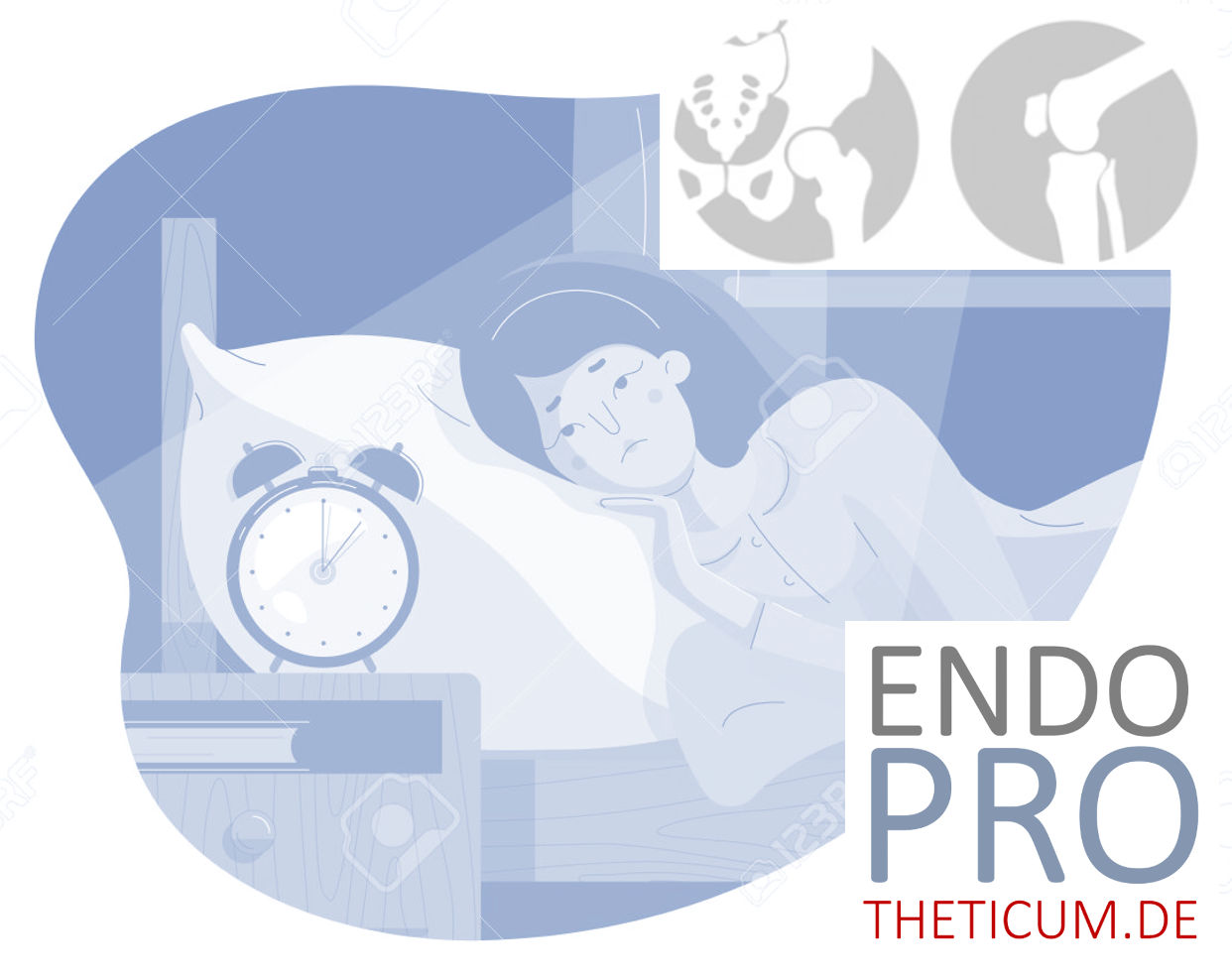Psoas impingement after total hip replacement: causes, symptoms and treatment options
Groin pain after hip replacement - what indicates psoas impingement?

Psoas impingement is a known complication after total hip arthroplasty (THA) . This problem arises from mechanical irritation of the tendon of the iliopsoas muscle (hip flexor), which often results in an inflammatory reaction. A decisive factor for this can be a reduced anteversion of the socket implant, which limits the freedom of movement of the hip flexor muscle.
What is anteversion?
Anteversion of the hip joint socket forward. It is crucial to ensure the mobility and stability of the artificial hip joint and to avoid conflicts with surrounding structures. If the anteversion is too small, the leading edge of the socket can irritate the iliopsoas tendon, especially during movements such as lifting the leg. A suboptimal position of the implant increases the likelihood of psoas impingement.
Causes of psoas impingement after total hip replacement
Psoas impingement is usually caused by:
- Incorrect positioning of the cup : In particular, reduced anteversion or a position of the cup that is not deep enough increases mechanical friction.
- Overhang of the socket rim : An overhang irritates the tendon.
- Muscle atrophy or weakness : A weakened iliopsoas often results in dysfunctional strain that overstresses the tendon.
- Presence of foreign body reactions : Tissue reactions to the implant material can also promote pain.
Classic symptoms of psoas impingement
Patients with psoas impingement suffer from the following symptoms:
- Groin pain : This occurs particularly when lifting the leg (flexion) and when sitting down. The pain can become chronic and worsen the longer the irritation persists.
- Strength limitations : Patients often report a feeling of weakness in the hip flexor muscle, which makes everyday movements difficult, such as climbing stairs or lifting the leg.
- Cracking noises : Occasionally, those affected feel or hear a snapping sound as the tendon slides over the edge of the socket.
- Limitations in everyday life : Pain can significantly affect the quality of life by limiting sporting activities or longer walking distances.
Diagnosis of psoas impingement
The following methods are used for reliable diagnosis:
- Clinical examination : The doctor checks for typical symptoms such as groin pain with passive hip flexion and rotation.
- Diagnostic infiltration: The tendon is injected with local anesthetic. If the symptoms disappear in the short term, psoas impingement is likely.
- Imaging techniques : X-ray and CT can show misalignment of the socket implant or mechanical conflicts.
- Ultrasound examination : May show inflammation or swelling of the tendon.
- MRI : Particularly helpful for imaging soft tissues and inflammatory processes.
Treatment options for psoas impingement after total hip replacement
There are different approaches to treating psoas impingement:
Conservative therapy:
- Physical therapy : Specific exercises to strengthen and mobilize the iliopsoas can relieve symptoms. Professional guidance is crucial to relieve strain on the muscle and avoid incorrect movements.
- Drug treatment : Anti-inflammatory medications (e.g. NSAIDs) help reduce the swelling and pain.
- Injections : Corticosteroid injections into the iliopsoas tendon can provide short-term pain relief.
Surgical therapy:
- Cup replacement : If the acetabulum is positioned suboptimally, surgical reduction may be necessary to correct the anteversion.
- Tendon release : In severe cases, the iliopsoas tendon is surgically lengthened or released. However, this procedure should be carefully considered as it may cause functional limitations.
Prevention of psoas impingement
- Optimal implant positioning : Precise planning of the cup and shaft position can avoid complications. The correct anteversion position is particularly relevant here.
- Rest and rehabilitation : After a total hip replacement, gradually increasing the load is crucial in order to avoid overloading and tendon irritation.
- Regular follow-up checks : Incipient psoas impingement can be detected and treated early through follow-up checks.
Conclusion
Psoas impingement is an often underestimated but serious complication after total hip replacement. Early diagnosis and individually tailored therapy are crucial to reducing pain and functional limitations. However, thanks to modern surgical methods and improved implant technologies, many problems can be avoided in advance. The Endoprotheticum Mainz specializes in the optimal care and aftercare of patients with hip prostheses and offers comprehensive advice and therapy options.
MAKE AN APPOINTMENT?
You are welcome to make an appointment either by phone or online .



























